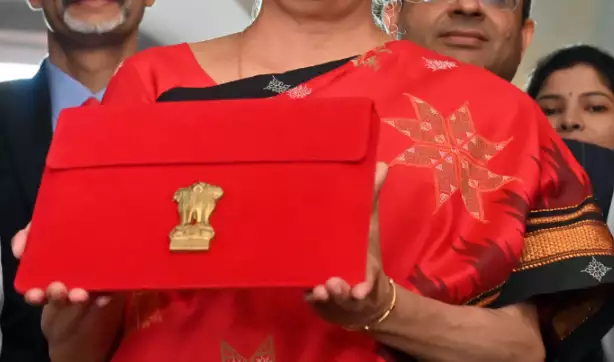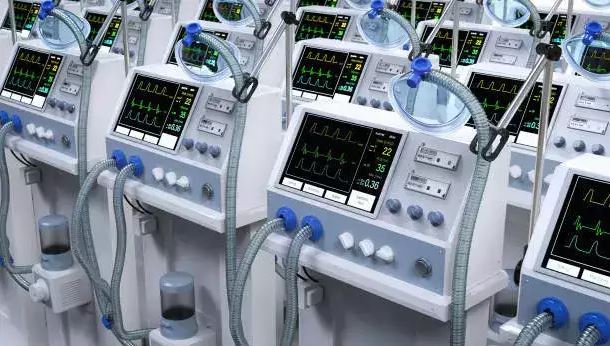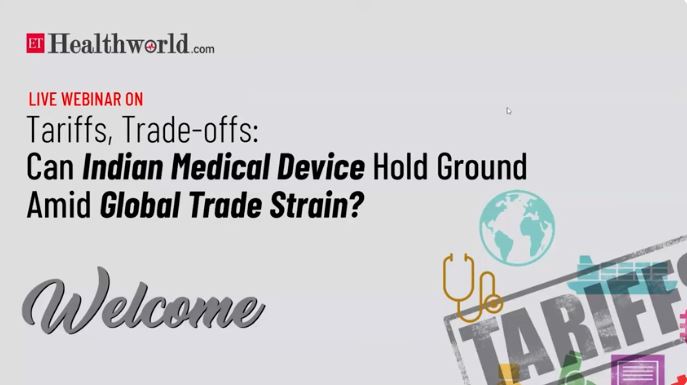The FM’s announcement on dedicated multidisciplinary courses for medical devices would ensure the availability of skilled manpower who can engage fluently with rapidly innovating medical technologies. To supplement this move, we also hope that research institutes and training centres will continue to get access to the latest medical technology, unhampered by restrictions in public procurement norms: Pavan Choudary
New Delhi: Focusing on the Indian medical device industry, Finance Minister Nirmala Sitharaman on Wednesday, while presenting the Union Budget 2023–24, laid down the centre’s road map towards dedicated multidisciplinary courses for medical devices. During her address, Sitharaman highlighted that the move will be supported in existing institutions to ensure the availability of skilled human resources for futuristic medical technologies, high-end manufacturing, and research. Despite the announcement, experts believe the government could have been more aggressive in some other areas. The industry has well received this move.
While emphasising that the government’s move to reduce the current gaps in the availability of skilled healthcare workers is reassuring for the industry, Pavan Choudary, Chairman, MTaI, said, “The FM’s announcement on dedicated multidisciplinary courses for medical devices would ensure the availability of skilled manpower who can engage fluently with rapidly innovating medical technologies. To supplement this move, we also hope that research institutes and training centres will continue to get access to the latest medical technology, unhampered by restrictions in public procurement norms.”
“The industry expected the Union Budget to address some of the key demands, like the rollback of health cess ad valorem and reduction of customs duties, which continue to be much higher than in all our neighbouring countries and one of the highest in the world. The high-duty regime directly impacts patient affordability and is contradictory to the government’s objective of furthering healthcare affordability. These long-standing expectations remain unaddressed,” added Choudary.
Dr Shravan Subramanyam, Managing Director, Wipro GE Healthcare is hopeful that the healthcare expenditure will reach the targeted 2.5 per cent of the GDP by 2025, as envisaged in the National Health Policy, 2017. Dr Subramanyam goes on to say, “In addition, we have seen the potential of the in steering the ‘Make in India’ journey. It’s time to address the manufacturing and distorted duty structure on the import of medical devices, especially as we look at the expansion of PLI. The government should consider expanding the PLI scheme for local manufacturing of devices to supply infrastructure and technology-linked incentive schemes to boost R&D.”
Dubbing the initiatives of setting up 157 nursing colleges, a mission to eradicate sickle cell disease, and the use of AI and futuristic technology as huge positives, Vineet Jain, CFO, Medtronic India, further elaborated, “Government has also looked at simplifying the tax structure both for customs and Income tax which will enable the companies to invest smartly in the expansion and growth of R&D centers. We are in sync with the government’s intention towards growth in the R&D space. Furthermore, from a healthcare perspective.”
Chandra Ganjoo, Group Chief Executive Officer, Trivitron Healthcare, said, “As expected, Budget 23-24 was a balanced effort to improve economic growth. The government’s increased emphasis on healthcare would assist the medical devices business, even though there wasn’t anything specific for the MedTech industry in the budget. We expect increased demand, which will correspond with estimates that the Indian medical device market will reach Rs 352,450 crore ($50 billion) by 2025.”
Highlighting the long-standing issues in healthcare that India has been addressing in the Union Budget 2023, Rahul Cordeiro, Chief Financial Officer, Wipro GE HealthCare said, “The focus on skilling India through academia and various other programmes picked pace in the budget. It’s exciting to see how AI and 5G took centre stage with the government investing heavily in tech infrastructure. The government is bringing the focus back on R&D—expanding facilities in select ICMR labs, a step in this direction. At the root of these tech-led developments is the unrelenting support provided by public-private partnerships. Many industry players are already working with the government to accelerate ‘Digital India’ and ‘Make in India’ initiatives. We’ve seen some great strides with PLI and the deployment of 5G, and the next phase of this journey looks more promising as the budget sets a new direction for PPPs across skilling, tech, and digital streams.”
Sanjay Bhutani, Director, MTaI, believes, “More could have been done towards decreasing healthcare costs for patients, as the long-standing demand of the healthcare industry to zero rate the medical services under GST has not been implemented.”
The high capital dependence on the import of medical devices makes patient care expensive in India. The medical device industry is highly capital-intensive and necessitates ongoing training of healthcare system providers to adapt to new technologies. India has an overall 70-80 per cent import dependency on medical devices.
Vishal Bali, Executive Chairman, Asia Healthcare Holdings (AHH) feels a mere 2.71 per cent increase on the healthcare expenditure side is disappointing given the overall need to transform healthcare in the country.
“The budget also does not provide any impetus towards the ‘Make in India’ initiative of medical technology which is a critical need to accelerate self-reliance in a highly import-driven sector. The focus on 157 new nursing colleges is an excellent initiative requiring aggressive execution. Overall the budget 2023 misses the focus of healthcare from a reformed perspective besides the push for the eradication of sickle cell anaemia by 2047,” concludes Bali.




